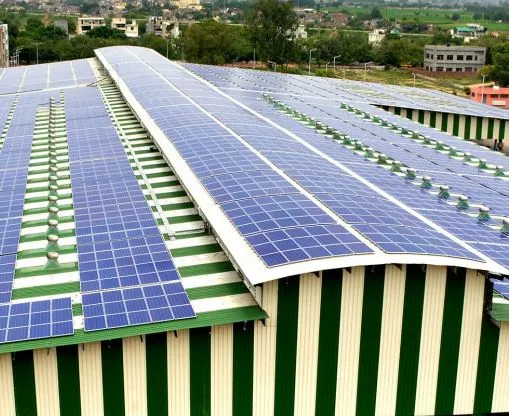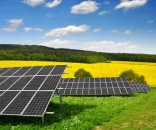
What you should know about Vietnam's Circular 16
It provides the solar PPA as template for future solar projects.
On the 12th of September 2017, the Ministry of Industry and Trade in Vietnam officially released Circular No.16 with the aim to provide guidelines for Decision 11. According to SolarPlaza, the purpose of Circular 16 is to offer regulations on formulation, approval and amendment of Vietnam’s provincial and national power development plans.
Furthermore, Circular 16 also provides the solar Power Purchase Agreement (PPA) as an obligatory template for future on-grid and rooftop solar power projects. The PPA is expected to remain as specified under the new government circular with the possibility to experience minor changes during the contract negotiations.
Here's more from SolarPlaza:
Circular No.16 classifies solar PV projects into three categories: grid-connected projects, residential rooftops and commercial/industrial rooftop projects. Furthermore, the specific projects are required by Circular No. 16 to meet certain technical specifications before the project reaches commercial operation date. Projects that do not exceed 50 MWp can be approved by the Ministry of Industry and Trade, while projects with a larger capacity than 50 MWp must report their plans to the Prime Minister for approval.
Specifications for grid-connected projects include requirements such as ratio of equity owns capital, land area used, investor responsibilities and information systems.
First of all, the ratio of the equity owner’s capital is set at a minimum of 20% of the project’s total investment capital. This will ensure that PV projects have a strong project sponsor, which increases the viability of projects. Furthermore it increases opportunities and/or the need for co-development and opens the door for acquisition of early stage projects that lack capital.
Second of all, the use of permanent land may not surpass 1.2 ha per one (1) MWp of output produced. This avoids and unbundled growth where arable land gets usurped by power projects.
Third of all, it is the responsibility of each investor to deliberate with the electricity system in the relevant region in order to assess the impact of their plan and how it will affect the electricity system when the project is connected to the grid. This measure limits the chances of an unbalanced growth of renewable energy projects that could destabilize the grid and capital position of the utility.
Lastly, each project is required to instal a solar supervisory control and data acquisition system (SCADA) or an information system to generate and send daily forecasts to the relevant load dispatch centre or dispatch agency.













 Advertise
Advertise











